In 1873, a pair of Levi’s jeans sold for $100,000. This perfectly encapsulates the brand’s significance to America. Levi’s has not only maintained its reputation for exceptional quality over the decades but has also secured its place in the historical narrative of the United States' development.
15.11.2024
THE STORY OF A BRAND: LEVI'S - HOW THE AMERICAN DREAM CAME TRUE
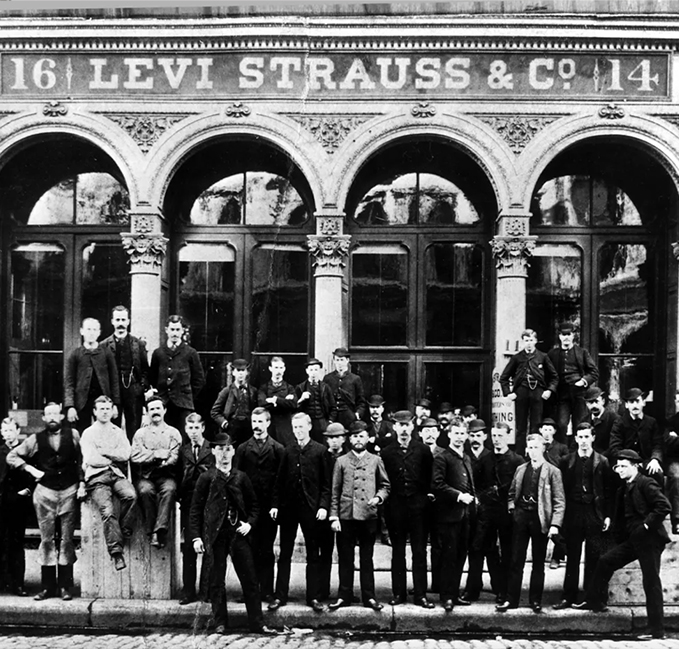
TOWARDS TO AMERICAN DREAM
Born in 1829 in Bavaria, the Jewish Levi Strauss emigrated to the United States in 1847 after the death of his father, along with his mother and two sisters. A new country, a new life, and a new, more American name awaited him. Levi became "Levi," and he changed the "s" in his surname to "ss," thus becoming Strauss. Levi's older brothers had already moved to the U.S. before him and were selling fabric in New York. Therefore, Levi was familiar with the trade, but initially, he was involved in retailing hygiene products and other goods.
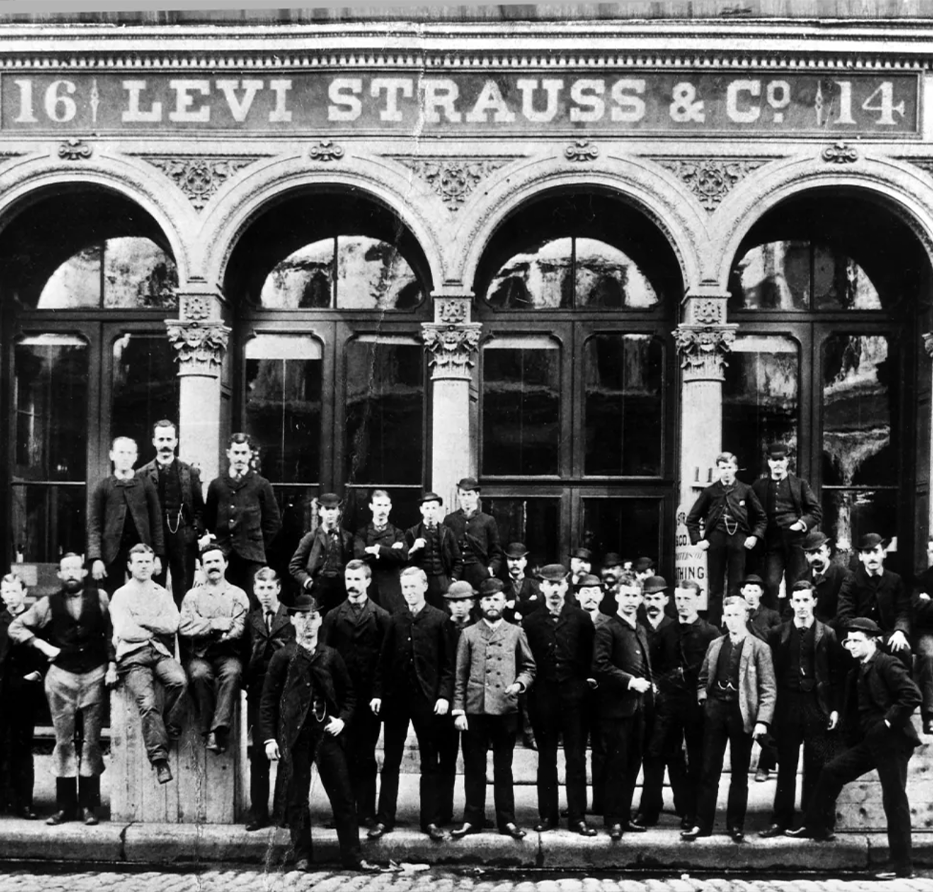
THE REAL BENEFECIARIES OF THE GOLD RUSH
Everything changed in 1849 when gold was discovered in California and mines were opened, prompting thousands of people to rush there with dreams of getting rich quickly. This period in American history became known as the "Gold Rush." For thousands of people, the search for gold turned into an obsession, for which they sacrificed time, money, and health.
However, in reality, it wasn't the gold seekers who truly became wealthy during this movement but rather those who sold tools, supplies, food, and clothing to these adventurous individuals. Strauss was one such merchant.
Initially, he tried selling tents made from water-resistant canvas, but they didn’t gain much popularity. According to legend, one gold prospector told him that he didn’t need a tent but rather durable trousers that could withstand sleeping under the open sky.
Indeed, Strauss noticed that people's clothing couldn’t endure the harsh working conditions and tore easily. This gave him a brilliant idea: to find the sturdiest fabric, sew trousers, and sell them in large quantities in workers' camps. To achieve this, he founded his brand in 1853, naming it Levi Strauss & Co.
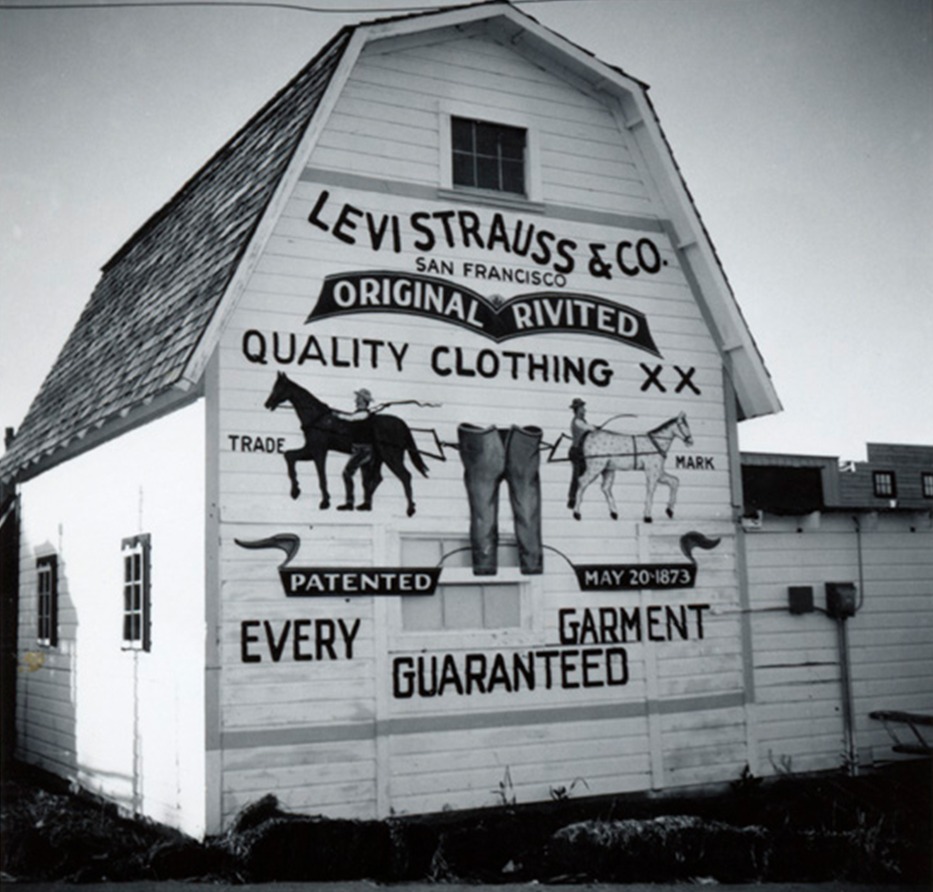
THE BITRH OF BLUE JEANS
However, the trousers Strauss initially sold had some issues. While generally durable, the pockets would sag and tear under heavy loads. The solution came in 1872 when Jacob Davis, a loyal customer of Strauss who purchased fabric and thread to make denim trousers, came up with a clever idea. He reinforced the pockets by attaching metal rivets at the corners and shared his invention with Levi.
A year later, on May 20, 1873, they jointly received a patent for this method. That date is now recognized as the official birth of the "blue jeans." In 1886, another iconic element was introduced: the leather patch on the back of the trousers depicting two horses trying to pull a pair of jeans apart. This symbol showcased their confidence in the jeans' unparalleled durability.
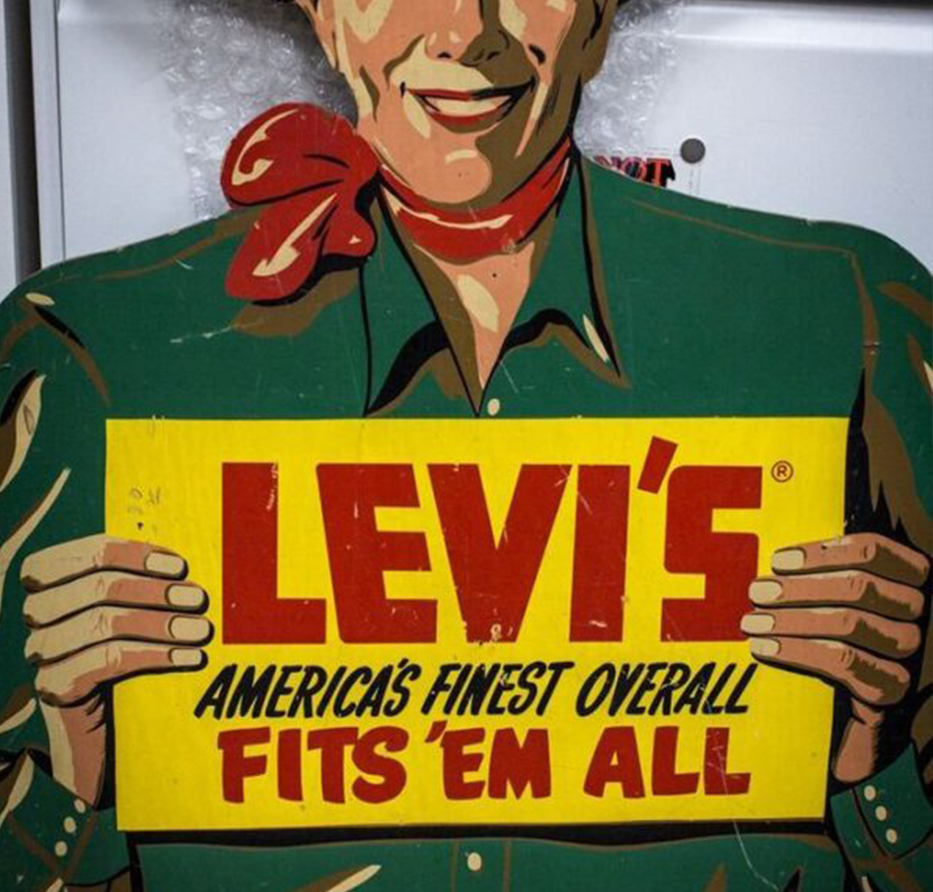
JEANS FOR WOMEN
Although jeans enjoyed widespread popularity from the very beginning, they remained workwear for laborers. It took nearly half a century for the company to design jeans specifically for women. Finally, women no longer had to wear jeans made for men. In 1934, the first women’s jeans, Lady Levi’s, were introduced.
The popularity of cowboy films also contributed to the fame of Levi’s jeans. Fans of such movies began wearing jeans to emulate their favorite heroes. And who else but Marilyn Monroe could debut the first pair of women’s slim-fit jeans in the film The Misfits? That moment forever changed perceptions of women’s jeans, turning them into a symbol of elegance, confidence, and style.
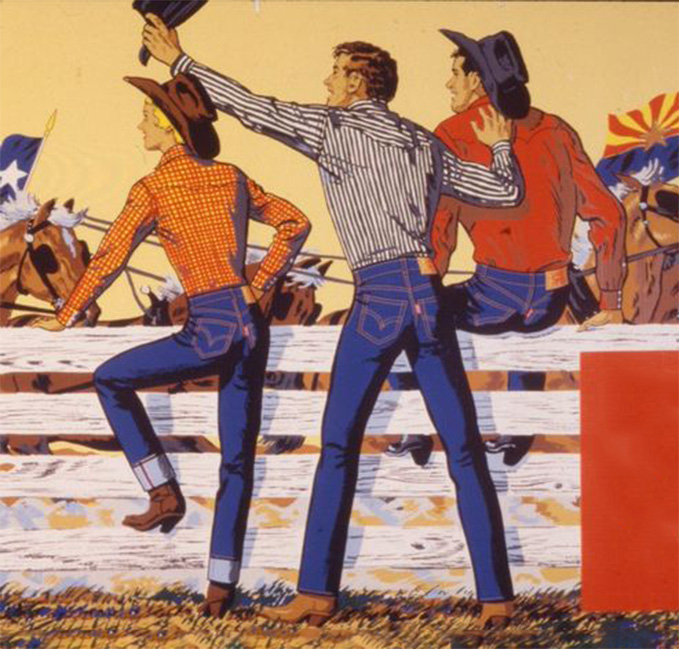
JEANS BEYOND THE IRON CURTAIN
Originally created for a specific group of workers, Levi’s jeans achieved global fame, spreading from the U.S. to every corner of the world. By the 1960s, the brand became a staple for rebellious youth, and by 1983, Levi’s had opened hundreds of official stores in European cities. The "wave of jeans" was so powerful that its echoes reached even the closed-off Soviet Union.
Despite the USSR’s strict control over Western goods, young people there couldn’t resist the allure of such fashionable clothing. Few were permitted to travel to Europe, but those who returned often smuggled several pairs of jeans. These were worn under their trousers, wrapped around their bodies, or hidden in double-bottomed suitcases. Once back, these jeans were sold for exorbitant prices on the black market.
The government attempted to combat illegal reselling with fines and even exile. It also tried to produce domestic jeans that mimicked Levi’s designs, but the quality paled in comparison to the original. Some buyers attempted to improve these knock-offs at home by boiling or dyeing them to achieve a more authentic look.
Everything changed after the USSR collapsed. Jeans first appeared in “commission shops,” a mix of second-hand and regular stores. Later, people would visit homes where someone had received a parcel from the U.S., which almost always included a few pairs of Levi’s.
Over the last two decades, Levi’s jeans have become accessible to everyone. Today, you can order any model from anywhere in the world or simply visit the official Levi’s store in Yerevan.Now, Levi’s (still managed by Levi Strauss’ descendants) sells not only jeans but also jackets, clothing, and accessories. What remains unchanged is the quality and the reputation of the brand. When you think of premium jeans, the first name that comes to mind is Levi’s—a brand that has stood the test of 170 years.
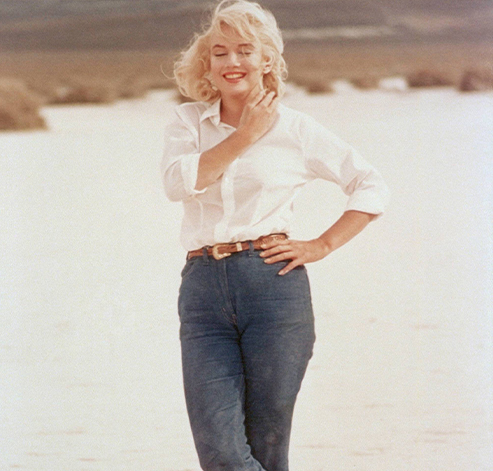
DENIM OR JEANS?
This unique cotton fabric was simultaneously produced in Genoa, Italy, and in the French city of Nîmes. The threads were dyed indigo blue, giving rise to the term "bleu de Gênes" ("blue of Genoa"), which gradually evolved into "Blue Jeans."
The word denim originates from the phrase "Serge de Nîmes" ("sturdy fabric from Nîmes"), which over time was simplified to "denim." Levi’s initially sourced its first batches of jeans fabric from Genoa, while French sailors later introduced denim to the global market.
Thus, while the origins of the words jeans and denim are intertwined, they represent different aspects of this iconic material. Jeans refer to the finished trousers, while denim is the durable fabric that has become a symbol of resilience and style.
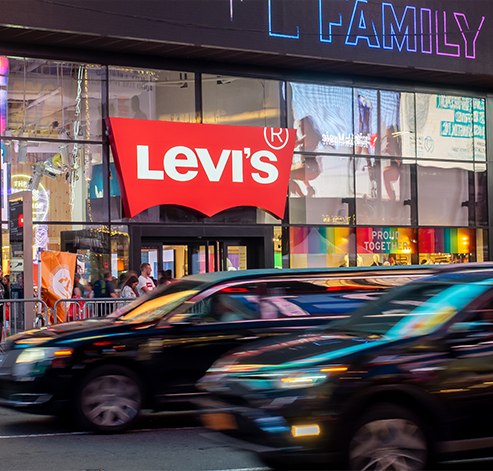
LEVI'S OR LÉVIS ?
There is often an interesting debate about the pronunciation of the brand name. It’s an American brand, and the correct pronunciation is "Levi's" (pronounced as "Lee-vize" in English), but in many countries, including France, the name is often pronounced as "Lévis" (pronounced "Leh-vee").
This difference in pronunciation comes from linguistic variations and the way foreign names are adapted in different languages. While the original pronunciation stays true to the American English version, local adaptations often reflect the phonetic patterns of a particular language or culture. This is why, in French-speaking regions, for instance, you’re more likely to hear "Lévis" than "Levi's."

